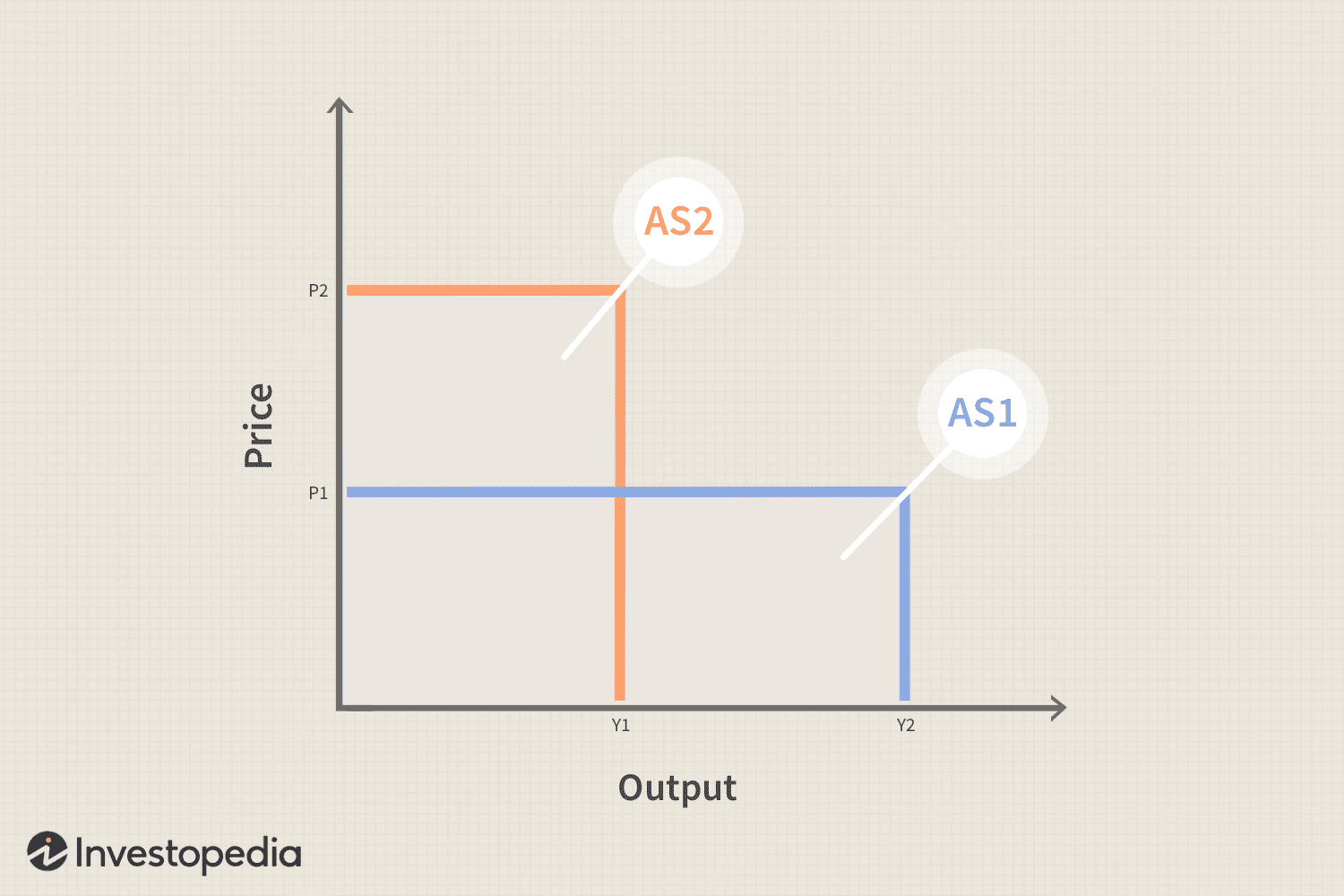
Cost-push inflation is a significant economic concept with real-world implications, impacting industries, businesses, and consumers. In this article, we’ll demystify cost-push inflation and highlight specific scenarios that exemplify this economic phenomenon. By the end, you’ll have a clearer understanding of the causes and effects of cost-push inflation in various contexts.

Defining Cost-Push Inflation
Causes and Characteristics
Cost-push inflation occurs when rising production costs force businesses to increase the prices of goods and services. Several factors contribute to this phenomenon, including spikes in commodity prices, supply chain disruptions, and labor disputes that result in higher wages.
Scenario 1: Oil Price Surge
The Cause
One classic example of cost-push inflation is a surge in oil prices. When the price of oil, a critical input in many industries, rises significantly, businesses across various sectors face higher operating costs. For instance, transportation costs increase as fuel prices surge, affecting the prices of goods transported via trucks, ships, or airplanes.
The Effects
As businesses grapple with elevated production and transportation costs, they often pass these expenses on to consumers through higher prices. This can result in widespread price increases, affecting not only fuel but also products like food, clothing, and other goods reliant on energy-intensive manufacturing and transportation processes.
Scenario 2: Supply Chain Disruptions
The Cause
Another scenario demonstrating cost-push inflation is supply chain disruptions. When a natural disaster, trade dispute, or unforeseen event disrupts the flow of goods and materials, businesses may struggle to source necessary inputs. This can lead to increased costs and production delays.
The Effects
In response to supply chain disruptions, businesses may need to pay higher prices for materials or incur additional expenses to expedite shipments. These added costs can result in price hikes for the final products, impacting consumers who rely on these goods.
Scenario 3: Labor Strikes and Wage Increases
The Cause
Labor strikes and demands for higher wages by workers can also trigger cost-push inflation. When labor unions negotiate for wage hikes, businesses may comply to avoid disruptions to their operations. However, increased labor costs can lead to higher production expenses.
The Effects
In cases of labor-driven cost-push inflation, businesses may raise prices to compensate for the higher wages they pay to employees. These price increases can affect consumers who purchase goods and services produced by these workers.
The Wider Implications of Cost-Push Inflation
Cost-push inflation scenarios have broader implications for economies and policymakers. Rising prices can erode consumer purchasing power and affect economic stability. Policymakers must navigate these challenges to ensure stable economic growth.
Conclusion
Cost-push inflation is a complex economic phenomenon with real-world consequences. The scenarios mentioned here, from oil price surges to supply chain disruptions and labor strikes, exemplify the diverse causes and effects of cost-push inflation. Understanding these scenarios is essential for individuals, businesses, and policymakers alike as they navigate the ever-evolving economic landscape.
By recognizing the real-world examples of cost-push inflation, stakeholders can make informed decisions and develop strategies to mitigate its impact on their financial well-being and the broader economy.
This SEO-friendly article explores real-world scenarios that exemplify cost-push inflation, including its causes, effects, and implications in various industries. It includes a meta description, headings (H1 to H4), and keyword usage to enhance its search engine visibility.